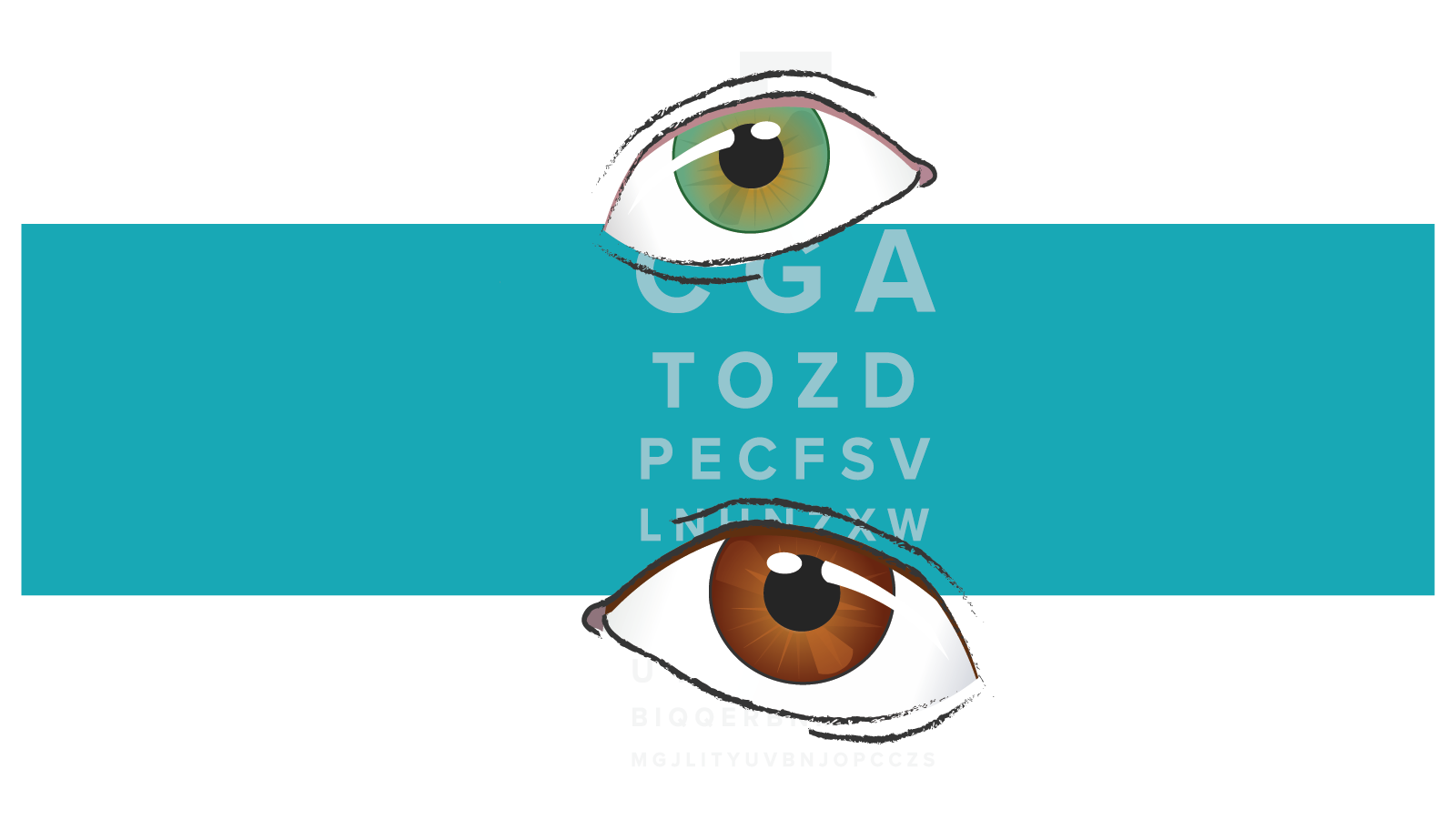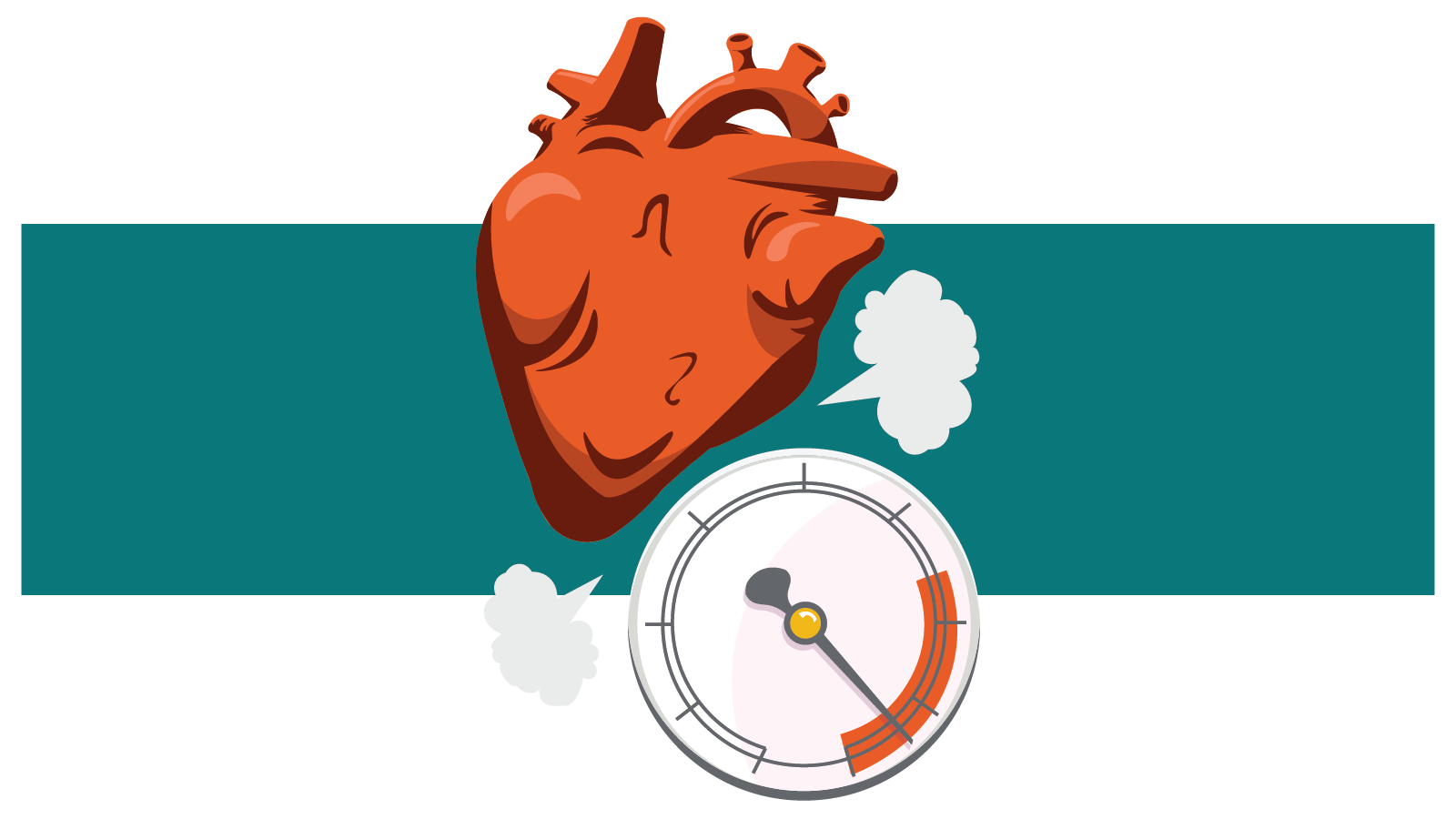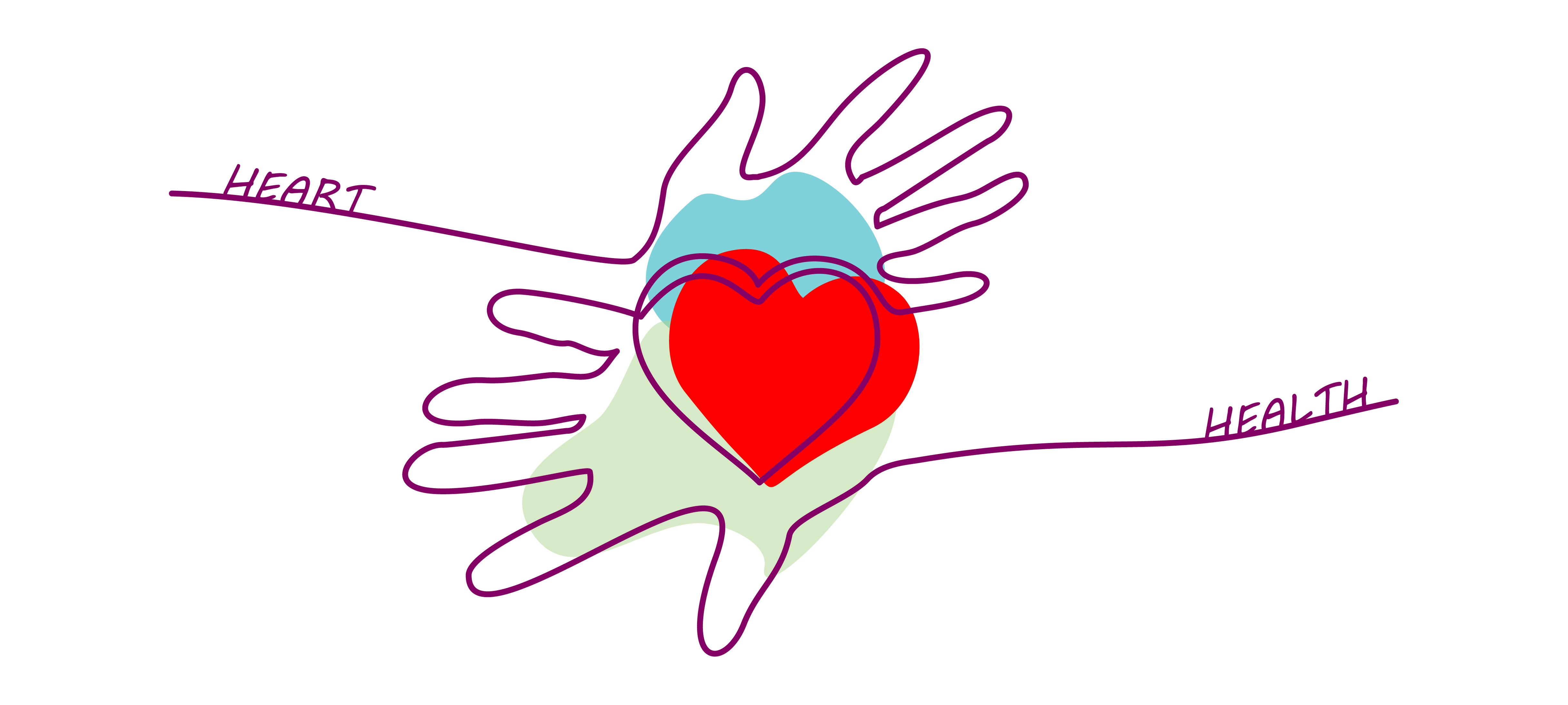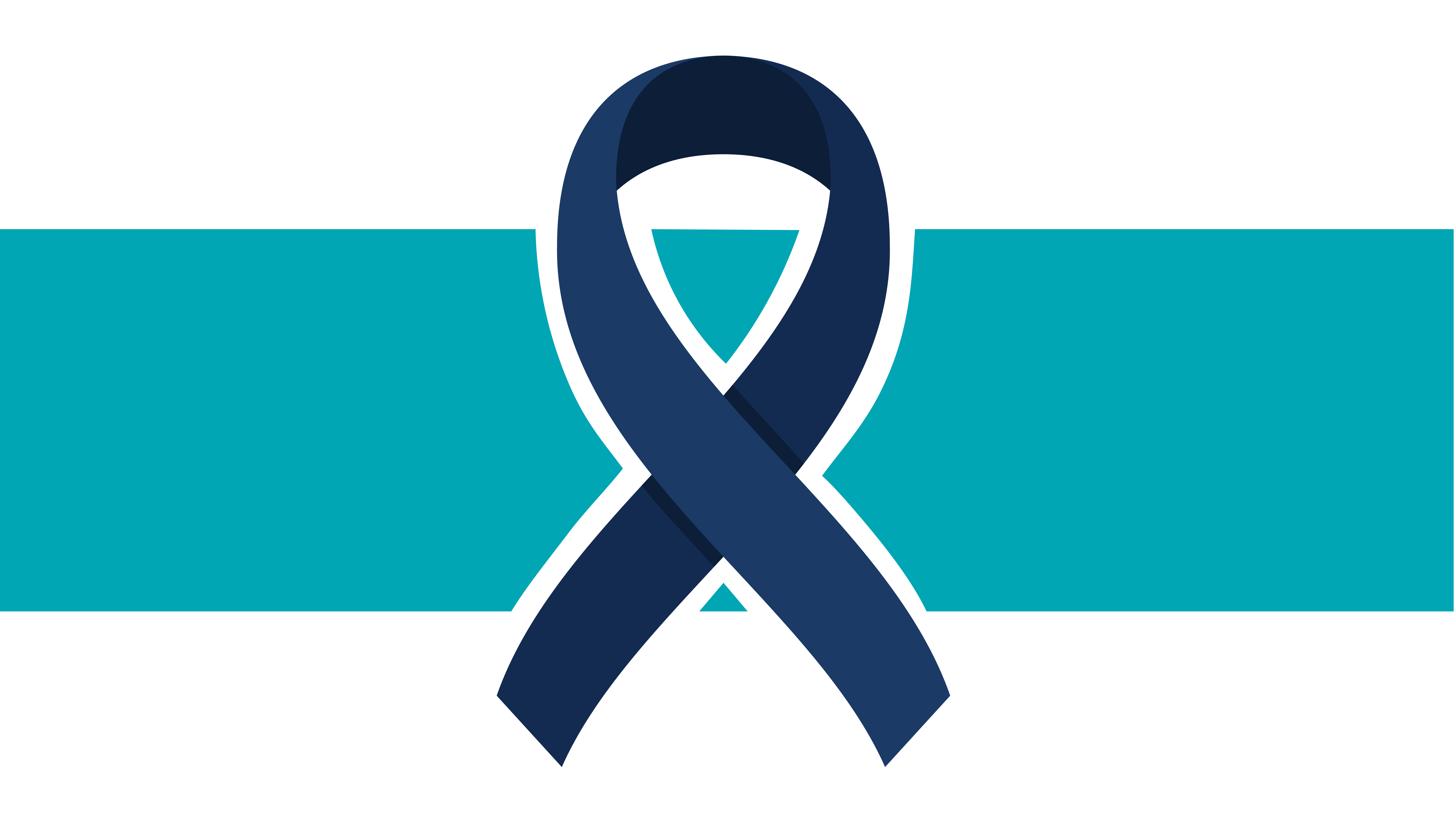Listen Closely (Your Heart is Talking to You!)
Hand over heart—when was the last time you checked in with your cardiovascular health? Checked your blood pressure? February is National Heart Health...

Taking good care of your eye health is vital to overall health, wellness, and well-being. Many factors can affect eyesight, including other health problems like high blood pressure or diabetes. In fact, diabetic retinopathy is the leading cause of blindness in working-age adults.
Sight-stealing eye disease can appear at any time, so it’s important to identify and treat eye diseases as early as possible. But many people who could benefit from early intervention simply never suspect that they have a vision condition like diabetic retinopathy, glaucoma, or macular degeneration— of the estimated 93 million adults in the United States who are at high risk for serious vision loss, only half received an eye exam in the past 12 months.
The CDC recommends a comprehensive dilated eye exam every year for adults and emphasizes prevention as a first step to eye health: “A dilated eye exam is the only way to detect these diseases in their early stages.”
You should get your eyes checked as often as your health care provider recommends it, or if you have any new vision problems. And, in between eye checkups, there are several other healthy habits you should be keeping your sights on.
It’s easy to overlook your eyes when it comes to caring for your health, but healthy habits today can preserve your retinal health in the future. Here are some easy ways to get started.
Eat a healthy, balanced diet. Research shows that consuming a diet high in omega-3 fatty acids, lutein and zeaxanthin is associated with a lower incidence of age-related macular degeneration (AMD). Your diet should include plenty of fruits and vegetables, especially deep yellow and green leafy vegetables, as well as omega-3-rich fish such salmon and canned, light tuna.
Get regular exercise and maintain a healthy weight. Exercise may help to prevent or control diabetes, high blood pressure, and high cholesterol. These diseases can lead to some eye or vision problems.
Keep wearing those sunglasses. Sun exposure can damage your eyes and raise your risk of cataracts and eye cancers. Protect your eyes by choosing the right sunglasses – ones that provide 100% UV or UV400 protection, or block both UV-A and UV-B rays.
Avoid smoking. Smoking significantly increases the risk of developing eye diseases, such as cataracts and age-related macular degeneration. However long you have smoked it’s never too late to benefit from quitting.
Know your family history. Many eye conditions run in families, from simple long and short sight to more serious diseases, such as glaucoma. Knowledge of problems with sight can help detect a condition before it becomes serious. Remember your optometrist is the first person you should visit if you have any eye concerns.
Know your other risk factors. As you get older, you are at higher risk of developing age-related eye diseases and conditions such as age-related muscular degeneration, the leading cause of vision loss in the U.S. It is important to know you risk factors because you may be able to lower your risk by changing some behaviors.
If you wear contacts, take steps to prevent eye infections. Always wash your hands before you put your contact lenses in or take them out. Be sure to disinfect your contact lenses and replace them regularly.
Give your eyes a rest. When you work on something close up, such as a computer, tablet or smartphone, your eye muscles are active. This may cause tiredness and headaches, even in those with normal sight. Follow the 20/20/20 rule – every 20 minutes, look at something 20 feet away, for 20 seconds. And don’t forget to blink, as this helps prevent your eyes drying out.
Everyone needs to have their eyesight tested to check for vision and eye problems. If your eyes are healthy and vision is good, you should have a complete exam by your ophthalmologist once in your 20s and twice in your 30s. The American Academy of Ophthalmology also recommends that adults get a complete eye examination at age 40. This is when early signs of disease or changes in vision may appear.
It is important to find eye diseases early. Early treatment can help preserve your vision. After an exam, your ophthalmologist can tell you how often you should have your eyes checked in the future. It's important to follow the schedule your ophthalmologist gives you, especially as you age. Your risk for eye disease increases as you get older.

Hand over heart—when was the last time you checked in with your cardiovascular health? Checked your blood pressure? February is National Heart Health...

Overview of Cardiovascular Disease Cardiovascular disease (CVD)—a broad, umbrella term that includes heart disease and stroke—is the number one cause...

Colorectal cancer is a prevalent and potentially life-threatening condition that affects the colon or rectum. It is the third most common cancer...